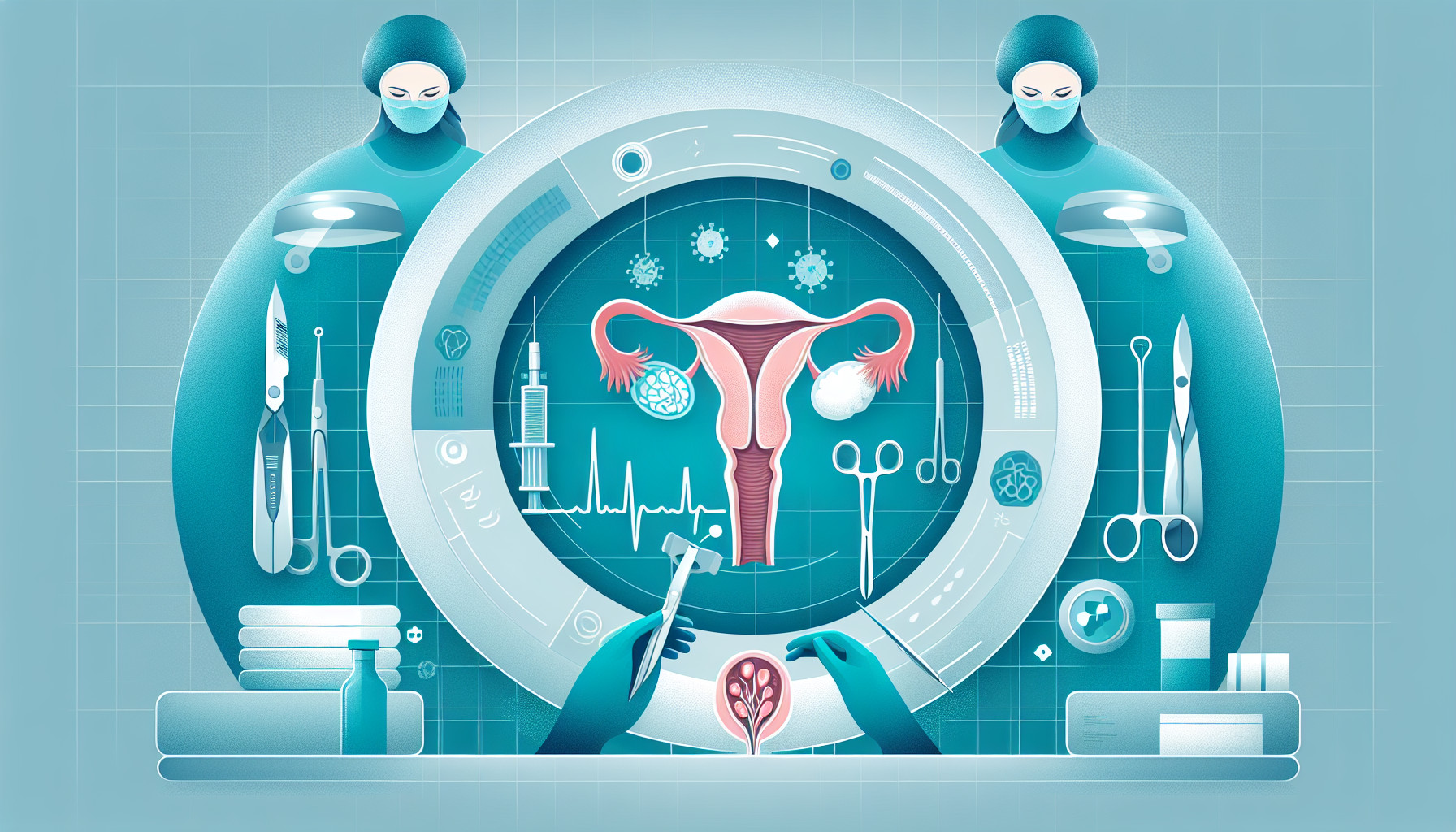Our Summary
This research paper discusses a case where doctors had difficulty diagnosing a 63-year-old woman’s medical condition. Initially, they used ultrasound technology and believed she had an ovarian cyst. The woman was asked to fully empty her bladder before two ultrasounds were performed. As a result, the doctors decided to proceed with a laparoscopic surgery, a less invasive procedure, to remove the supposed cyst.
However, during the surgery, they couldn’t find any cyst. Instead, they suspected that the woman had a bladder diverticulum, which is an outpouching or bulge of the bladder. To make sure, they filled the woman’s bladder with saline solution until a giant swelling reappeared.
This confirmed that the issue was, in fact, a bladder diverticulum, not an ovarian cyst. The case highlights the importance of not relying solely on imaging for diagnosis. It emphasizes the need to combine clinical information and consider other possible investigations to avoid misdiagnosis.
FAQs
- What is a bladder diverticulum and how is it diagnosed?
- How was the misdiagnosis of an ovarian cyst made in this case?
- Why is it important to consider other possible investigations when diagnosing an ovarian cyst?
Doctor’s Tip
A doctor might tell a patient undergoing ovarian cyst removal to fully empty their bladder before the procedure, as a full bladder can sometimes obscure the view during surgery and make it more difficult to locate the cyst. This can help ensure a successful and efficient removal of the cyst.
Suitable For
Patients who are typically recommended ovarian cyst removal are those who have symptoms such as pelvic pain, bloating, or changes in menstrual cycle, as well as those who have a cyst that is large, growing, or causing complications such as twisting (torsion) or rupturing. In some cases, cyst removal may also be recommended for postmenopausal women or those with a family history of ovarian cancer, as there may be an increased risk of malignancy.
Timeline
- Patient experiences symptoms such as pelvic pain, bloating, and irregular periods, prompting them to seek medical attention.
- The patient undergoes a physical examination and possibly a pelvic ultrasound to diagnose the ovarian cyst.
- The patient may undergo additional imaging tests such as MRI or CT scan to further evaluate the cyst.
- The decision is made to proceed with laparoscopic surgery to remove the ovarian cyst.
- During surgery, the cyst is not found, and a bladder diverticulum is suspected.
- The bladder diverticulum is confirmed through further investigation and imaging.
- The patient undergoes treatment for the bladder diverticulum, which may include surgery or other interventions.
- The patient experiences relief from symptoms and improved quality of life after treatment for the bladder diverticulum.
What to Ask Your Doctor
- What are the potential risks and complications associated with ovarian cyst removal surgery?
- How long is the recovery period after ovarian cyst removal surgery?
- Will I need to stay in the hospital overnight after the surgery?
- Will I need to follow any special dietary or activity restrictions after the surgery?
- How will my bladder function be affected by the removal of the cyst?
- What are the chances of the cyst returning after removal?
- Will I need any follow-up appointments or tests after the surgery?
- Are there any alternative treatment options to consider?
- How will the removal of the ovarian cyst impact my overall health and well-being?
Reference
Authors: Braga A, Serati M, Vitelli A, Caccia G. Journal: J Obstet Gynaecol Res. 2016 Mar;42(3):235-8. doi: 10.1111/jog.12906. Epub 2016 Jan 20. PMID: 26787074
